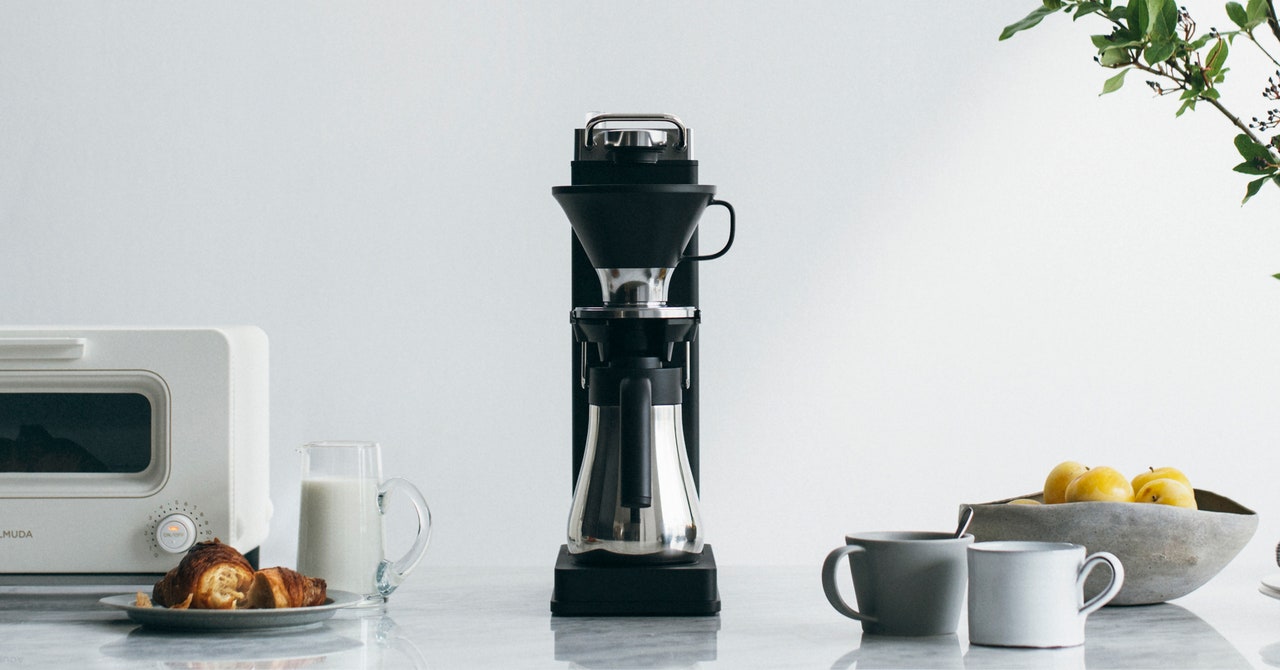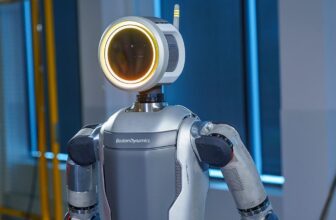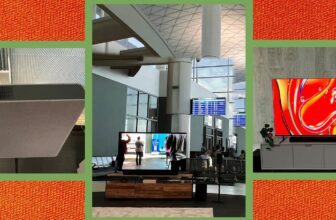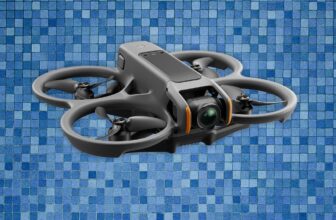
Normally once I assessment espresso makers, I simply retailer my very own in a cabinet and use the assessment mannequin full-time for a month or three. This manner, machines get loads of testing, as I drink lots of espresso. With the Balmuda, I used to be clearly lacking one thing, and I bought annoyed sufficient with it that I ended utilizing it and simply arrange an appointment with my espresso pal Sam to see if he’d flail too.
Sam is award-winning barista Sam Schroeder, co-owner of Olympia Coffee Roasters, and we met in Olympia’s Seattle lab. He instantly zeroed in on the Balmuda’s distinctive traits. Instantly he did some math, and like Easto, he was stunned with the outcomes.
An ordinary brewing ratio and nice place to begin for a lot of espresso setups is one half dry espresso beans to about 16 components water. Balmuda’s advised ratio is 1:12.
“That is fairly excessive,” Sam famous, stunned.
We began a batch utilizing the identical Amparo Pajoy Micro Lot espresso Olympia served that day within the café. Sam took full benefit of the Balmuda’s uncovered bathe head and dripper, standing on the prepared with a thermometer to measure the temperature of the mattress of grounds because the water flowed by means of it.
“That is dramatic,” he declared, as vapor hissed, preheating the carafe. “It is like theater!”
Entertaining, sure, however he was having bother making heads or tails of the bypass brewing used for the machine’s common brew setting, the place it basically brews a focus then provides water on the finish.
“Usually, you solely see that on cruise-ship-sized industrial brewers, the place they cannot transfer water by means of the grounds quick sufficient,” he mused, noting this was not a well-liked approach on the professional barista circuit. “If I am at residence, it makes much less sense.”
We had bother making sense of the espresso it made, too. Sam used a refractometer to find out the overall dissolved solids, or TDS, a measurement that is also known as “the quantity of espresso in your espresso.” At 1.37 TDS within the completed cup, issues have been proper the place they need to be, however our tastebuds begged to vary.
“That is bizarre,” Sam mentioned. After I requested if he meant the espresso or the machine, he mentioned “each.”
Evaluating the espresso we made in opposition to the espresso from the café’s drip machine was bizarre too.
“This espresso is tea-like. Very delicate. It is weak. Tremendous weak,” he mentioned, gesturing on the Balmuda as we famous how flat it tasted in comparison with the brighter, fruitier, and extra attention-grabbing store brew. “It is not aggressively unhealthy. It is simply boring.”
Sam took what felt like evasive motion for a second batch, switching a few variables without delay, since we have been so removed from the place we wished it to be. He made a medium-size batch with 28 grams of espresso, 320 grams of water, a 1:11.4 ratio. He additionally used a finer grind and switched to the Balmuda’s robust setting, which skips the bypass brewing. It made for a sweeter, higher cup. Our TDS was 1.75 (“robust!”), however the extraction share was nonetheless a bit low.







